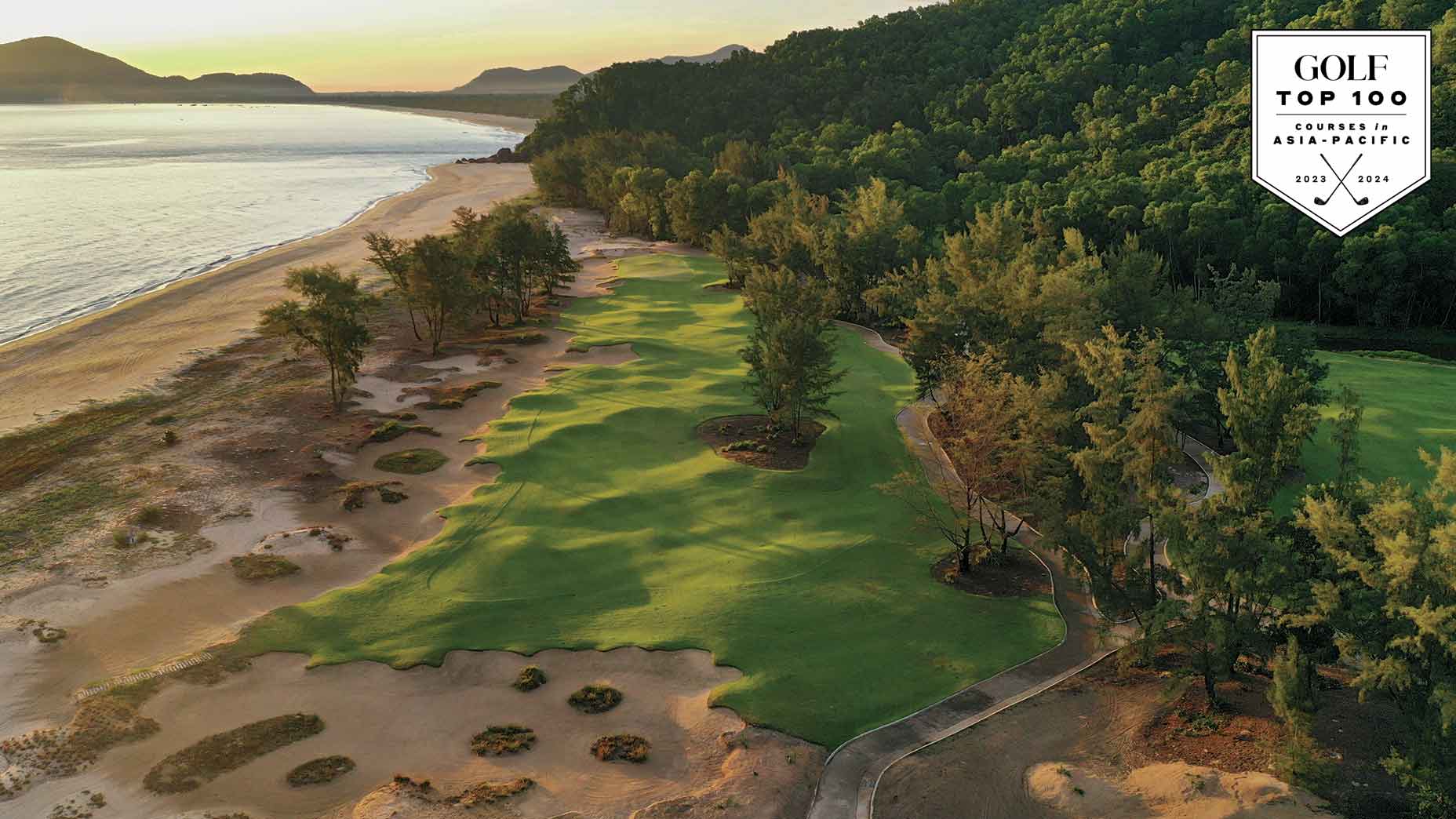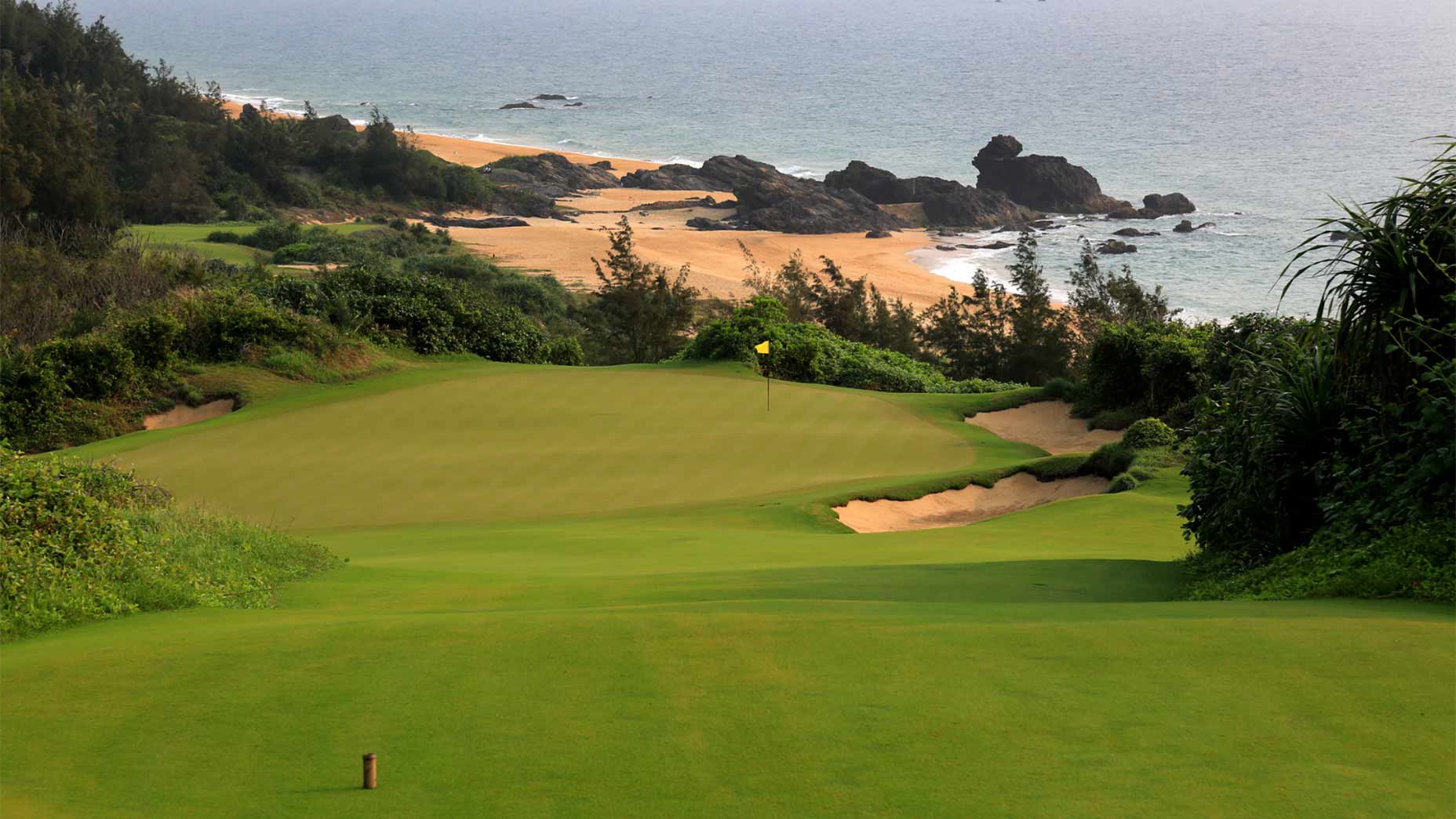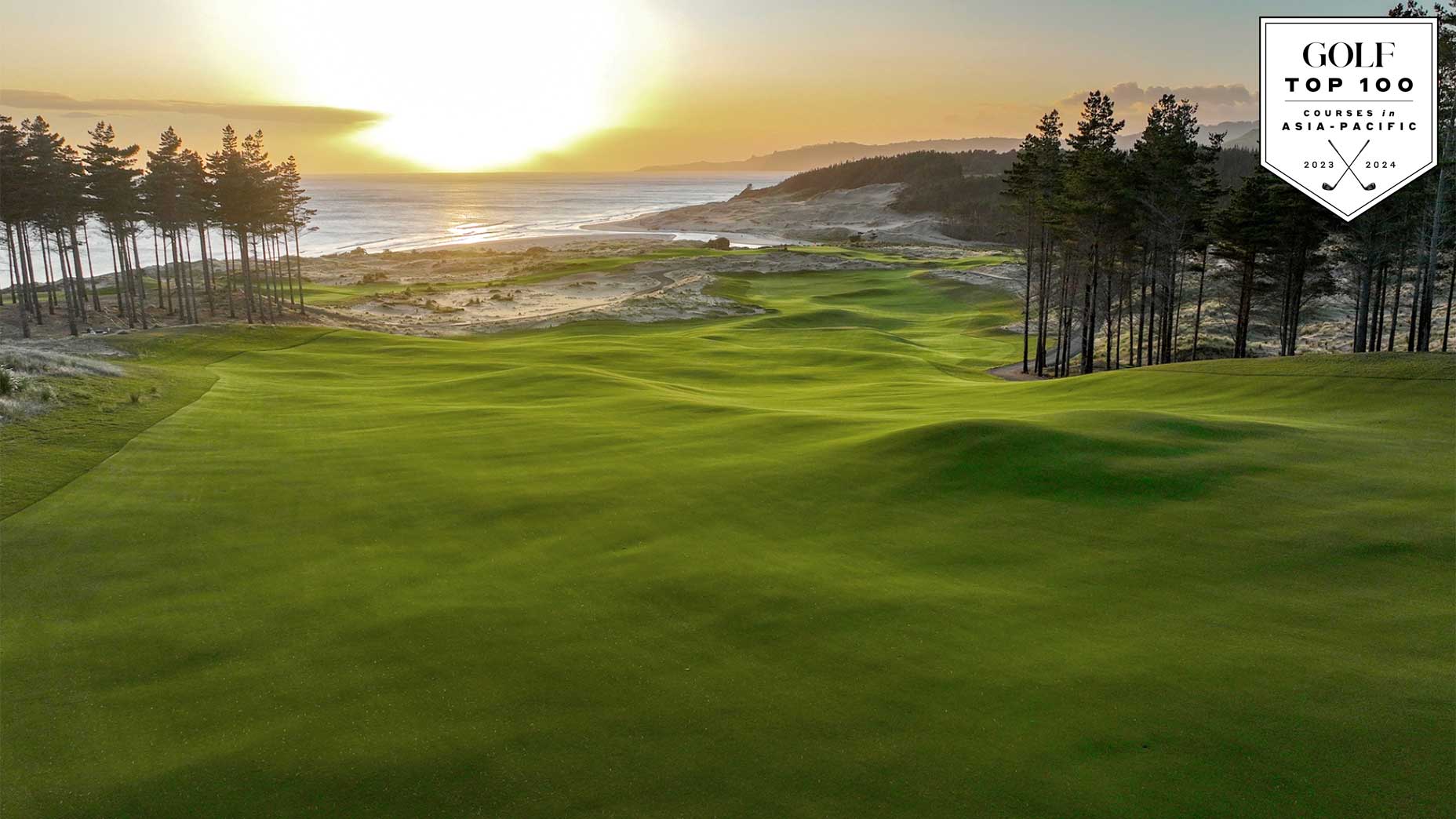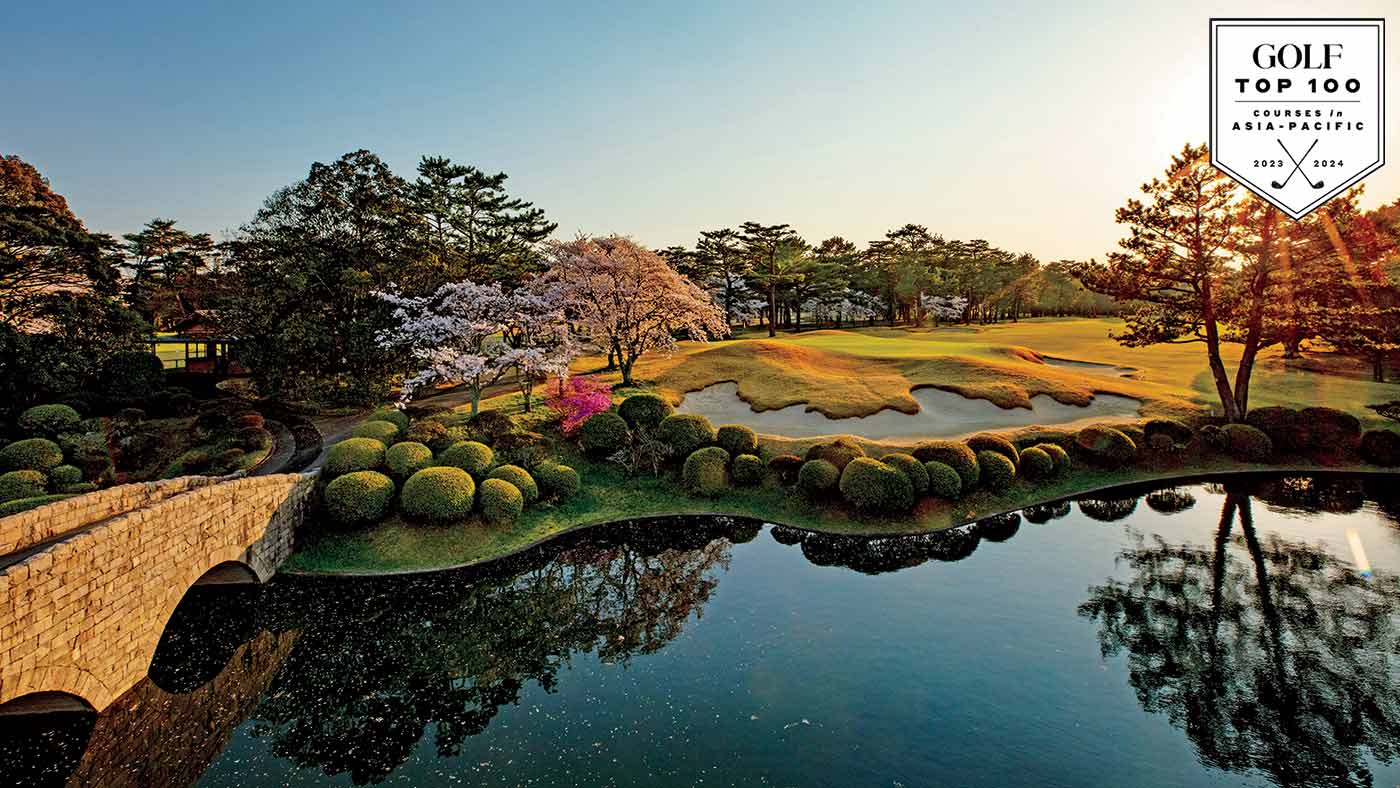Planning a golf trip to Asia, Australia or New Zealand? Here are 6 things to know

Laguna Lang Co in Thua Thien Hue, Vietnam.
Gary Lisbon
In golf, Top 100 lists are informational and aspirational. They clue us in to interesting courses even as they plant ideas for new adventures.
Now that GOLF has released its first-ever ranking of Top 100 Courses in the Asia-Pacific region, you may be contemplating a trip to Australia, New Zealand, Japan, Korea or another of the 13 countries represented on the roster. Godspeed, we say.
And if you’ve never been, here are six things to know before you go.
Access is easier than it is in the U.S.
“Sad to say, but only in America are private clubs so very exclusive and essentially off-limits to the wider golfing masses,” says Hal Phillips, a GOLF course rater who has worked and traveled extensively in Asia. Across that continent, Phillips notes, most clubs operate on the U.K. model, “whereby a polite letter or email to the GM or club secretary ahead of time (and a wad of cash upon arrival) will likely secure you a tee time.” There are exceptions, of course, but “in any and all cases, it’s worth exploring.”
Something similar applies in Australia, says GOLF course rater Gordon Dalgleish, president of leading golf-travel operator PerryGolf. Even the lofty likes of Royal Melbourne and Kingston Heath (the top-ranked courses on GOLF’s Asia-Pacific roster) allow outside play, though, as in the U.K., they charge a premium for the privilege. One notable outlier is Ellerston (No. 18), a course so exclusive it verges on self-parody. You have a better chance getting on Augusta National.
In New Zealand, access is usually not an issue, though we’ll put an asterisk beside Tara Iti (No. 3). A private course, it offers limited outside play, but that policy has grown more restrictive since Covid: it’s worth a try, but there’s no guarantee. Otherwise, you’re pretty much in luck, as the majority of courses are either private (in the U.K. sense) or high-end resort courses, like Cape Kidnappers and Kauri Cliffs (Nos. 11 and 34 respectively), which operate on the “Turnberry or Kingsbarns model,” Dalgleish says. If you can pay, you can play.
Caddies (may be) required
Expect to take a caddie most anywhere in Asia. “Even if you go the cart route in warm-weather climates like Southeast Asia caddies are still part of the equation,” Phillips says. Fees vary, so check with your host or the pro shop about typical rates and tips.
In Australia, caddies are much rarer. Most people walk and carry or push a trolley. If you want a caddie, you’ll need to try setting one up in advance. In New Zealand, it depends on the type of course At Tara Iti, for instance, caddies are required. But they’re not at most other top-ranked New Zealand courses, including Kauri Cliffs, Cape Kidnappers, Titirangi (No. 52) and Papaparaumu Beach (No. 17).
Keep dress codes in mind
As in the U.S., dress codes vary from course to course. But some general rules apply. In many Southeast Asian countries, Phillips says, “long pants for male players is the norm, regardless of heat index. However, locals also seem to recognize and accept the fact that Americans don’t pay this expectation much mind.” Throughout much of the continent, Phillip says, it’s a good idea to bring a nice change of clothes to the course. “Japanese and Koreans rarely, if ever, finish a round and go straight to the bar or restaurants in sweaty golf clothes,” he says. “They shower or take a communal bath — an experience not to be missed — and change clothes before meeting up again. Quite a sensible idea, really.”
In Australia, where most top courses operate on the U.K. private-club model, U.K. dress codes tend to apply as well, Dalgleish says. You might be able to get away with shorts, but not cargo shorts. And definitely not denim. At the resort courses of New Zealand, on the other hand, expectations around attire are more relaxed.
But there’s also no point leaving anything to doubt. If you’re unsure, inquire about dress codes in advance.

Pace of play is either brisk. Or not
In Australia, where U.K. golf culture runs deep, people tend to get around pretty quickly, Dalgleish says. Four hours for 18 is on the slower end of things. In New Zealand, the pace can be slower, especially at resort courses, but nowhere near as slow as it is in much of Asia. That’s not just because golfers often move from shot to shot at more gradual pace. In parts of the continent, including Japan, Korea and China, it is commonplace to stop for lunch after nine holes. Some high-end properties, such as Shanqin Bay (No. 13), have multiple comfort stations where golfers routinely sit for snacks or meals. If you play 18 in five hours, you’re doing well.
Language barriers and other logistics
Almost any golf trip can be DIY, and many travelers may prefer to go that route. For American travelers, Australia and New Zealand make especially easy transitions, given the common language, though if you choose to rent a car (not a bad option) keep in mind that you’ll be driving on the wrong side of the road. In the age of GPS, driving in such countries as Korea and Japan is reasonably uncomplicated, Phillips says. In Southeast Asia, he recommends hiring a driver, particularly if you’ve got long distances to cover. A lot depends on your comfort level going it alone.
Non-English speaking countries come with other considerations, and it never hurts to have a translator or a tour guide who can help with everything from tee times to ground transportation and accommodations. All of that can come in handy, Phillips notes, especially after a 12-hour flight that crosses as many time zones.
Golf season? It depends
In New Zealand and Australia, golf is played year-round, but the peak season Down Under is during the fall and winter. Think September through May. In countries that see winters, like Korea, Japan and China, the peak season tends to mirror that of the northeastern United States. In Southeast Asia, golf season goes year-round, though it can get extremely hot and humid in the summer. Often, the snag isn’t temperature but moisture. During the rainy season, Phillips recommends playing in the morning to avoid the “afternoon thunderstorms that eventuate, as in Florida, every day about 4 p.m.”








